Unveiling the shadows of Kamungoma: Zimbabwe remembers a dark chapter amid Independence celebrations
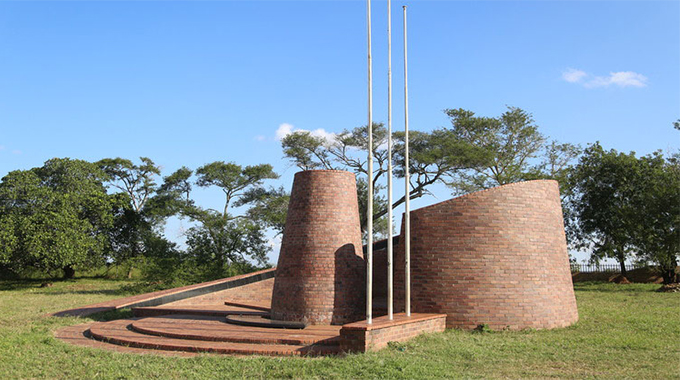
Nyambira Chivasa and Tatenda Zambara, Correspondents
On a solemn evening of May 14, 1978, the silence in Kamungoma village in Gutu District was shattered by a surprise attack that claimed the lives of 104 civilians and one freedom fighter. This tragedy, known as the Kamungoma massacre, occurred during a night vigil, or “Pungwe,” a gathering meant to foster unity and educate attendees about the liberation struggle. The assault by Rhodesian Forces marked one of the darkest episodes in the country’s fight for independence, leaving a scar on the nation’s collective memory.
As Zimbabwe gears up to mark a significant milestone in its history, the celebration of its 44th year of independence on April 18, 2024, emerges as a deeply meaningful event under the stewardship of President Mnangagwa. This year’s national festivities are slated to unfold in the town of Murambinda, located in Buhera District, a site chosen for its symbolic proximity—merely 38 kilometres away from the poignant site of the Kamungoma massacre, across the waters of the Nyazvidzi River that delineates the geographical boundary between Manicaland and Masvingo Provinces.
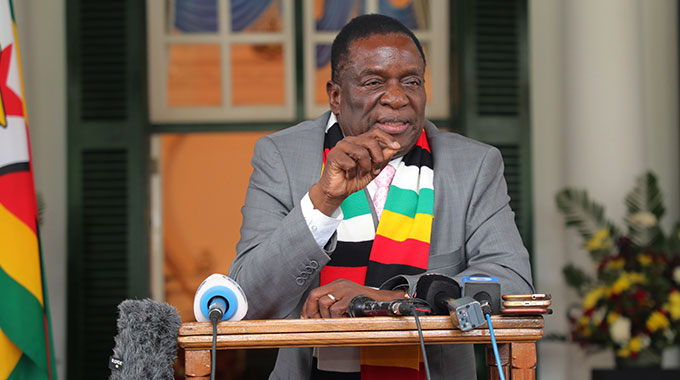
President Mnangangwa
The selection of Murambinda as this year’s main venue of independence celebrations is imbued with historical resonance, connecting the joy of freedom with the sombre memory of past sacrifices. This proximity not only geographically bridges the gap between a location of profound loss and a site of national pride but also serves to intertwine the narratives of struggle and liberation that define Zimbabwe’s journey towards sovereignty.
The choice of Murambinda underscores a national intent to honour and remember the sacrifices made in the quest for independence, even as the country revels in the achievements of its freedom. As the nation comes together to commemorate this auspicious occasion, the backdrop of the celebrations is a testament to Zimbabwe’s resilience and the unyielding spirit of its people, who continue to forge a path of unity and progress amid the echoes of their tumultuous past.
Selecting Murambinda as the venue carries deep symbolic meaning, seamlessly connecting the past with the present. This location, nestled near the site of the harrowing Kamungoma massacre, stands as a poignant reminder of the journey towards Zimbabwe’s liberation. Now honoured as a Liberation War Heritage Site, this area embodies the profound sacrifices that paved the way for the nation’s independence. It is a deliberate choice, underscoring a commitment to remembering the struggles endured and the lives lost in the pursuit of freedom, thereby imbuing the celebrations with a profound sense of reverence and reflection.
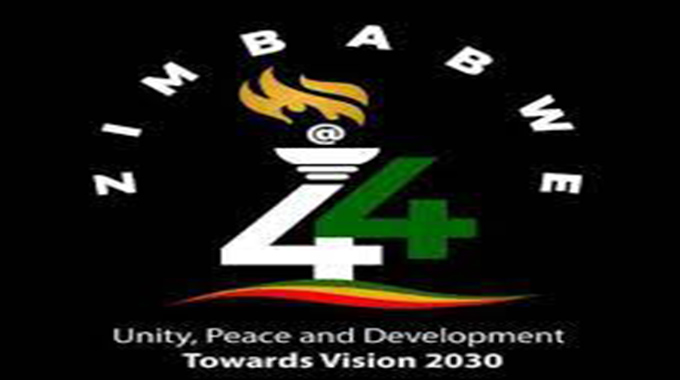
The survivors of the Kamungoma massacre carry with them harrowing narratives of loss and miraculous tales of survival. Among these heart-breaking accounts is the image that has etched itself into the collective memory of the people of Kamungoma and the nation at large: an infant, oblivious to the tragedy that had unfolded, found suckling at the breast of their deceased mother.
This poignant moment captures the tragic human cost of conflict and the indomitable spirit of those who survived to recount the ordeal. The attack, which targeted 300 individuals attending the Pungwe – a gathering meant to foster unity and educate on the liberation struggle – claimed the lives of 104 civilians.
These individuals were not merely numbers; they were men, women, and children from the neighbouring Bethel, Masema, and Dewende farms, as well as Chimombe and Chiwara villages, communities that now constitute part of the Gutu South constituency. Their stories of resilience in the face of such atrocities underscore the deep scars left on the survivors and the bereaved families, yet they also highlight the enduring strength of the human spirit.
In a profound acknowledgment of these sacrifices, the National Museums and Monuments of Zimbabwe took a pivotal step towards healing and remembrance by initiating the construction of the Kamungoma shrine. This sacred site, along with others like the Chimoio shrine in Mozambique, stands as a solemn tribute to the lives lost in the pursuit of freedom and sovereignty.
These memorials are not just stone and mortar; they are hallowed grounds that encapsulate the agony, the bravery, and the ultimate sacrifice of those who perished for the cause of liberty. Through these gestures of commemoration, Zimbabwe not only honours the memory of its fallen heroes but also instils in future generations an unwavering awareness of the cost at which their freedom was brought. The Kamungoma shrine, thus, serves as a beacon of resilience, a place for reflection on past struggles and a reminder of the enduring value of peace and freedom cherished by the nation today.
As Zimbabwe stands on the brink of its 44th independence anniversary, the spirit of the liberation struggle continues to resonate among the general populace of the country. And the legacy of the fallen heroes will continue to fuel a collective commitment to safeguarding the nation’s sovereignty and progress ,towards a prosperous future.
The commemoration of independence in Murambinda is not just a celebration of national pride; it’s a homage to the enduring spirit of those who fought and died for Zimbabwe’s freedom. As the nation looks forward to marking this significant milestone, the memory of the Kamungoma massacre remains a stark reminder of the cost of peace and independence, ensuring that the sacrifices of the past are never forgotten in the march towards a brighter tomorrow.

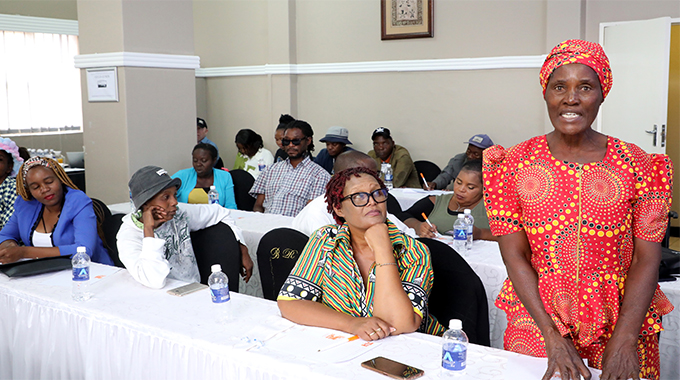
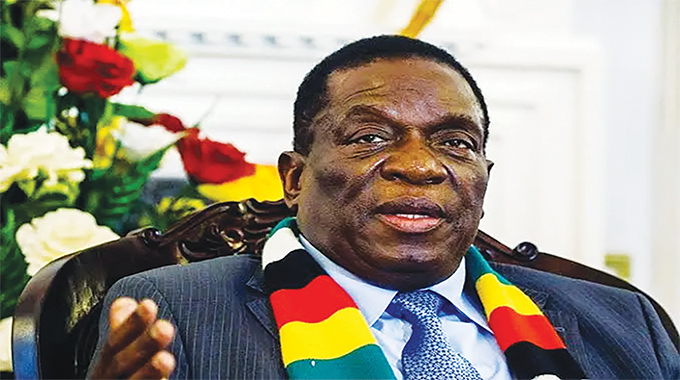


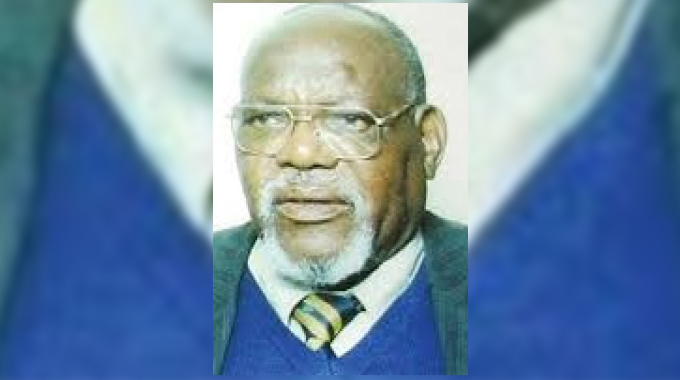





Comments